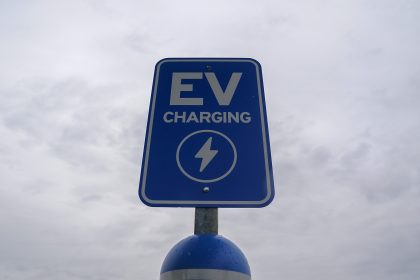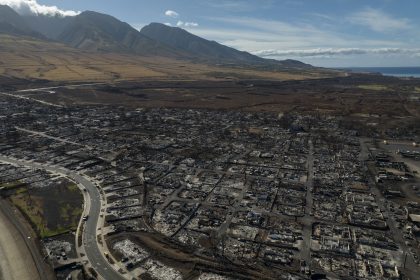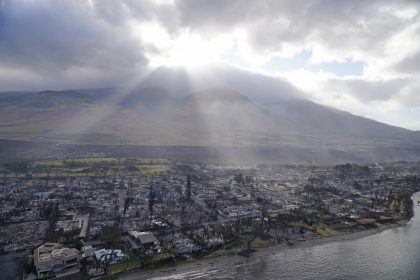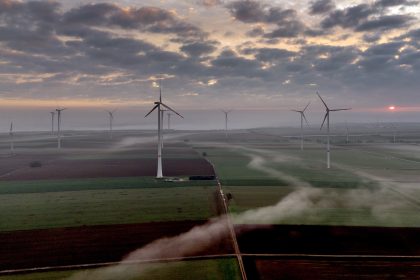Minorities Disproportionately Hurt By Climate Change, EPA Says
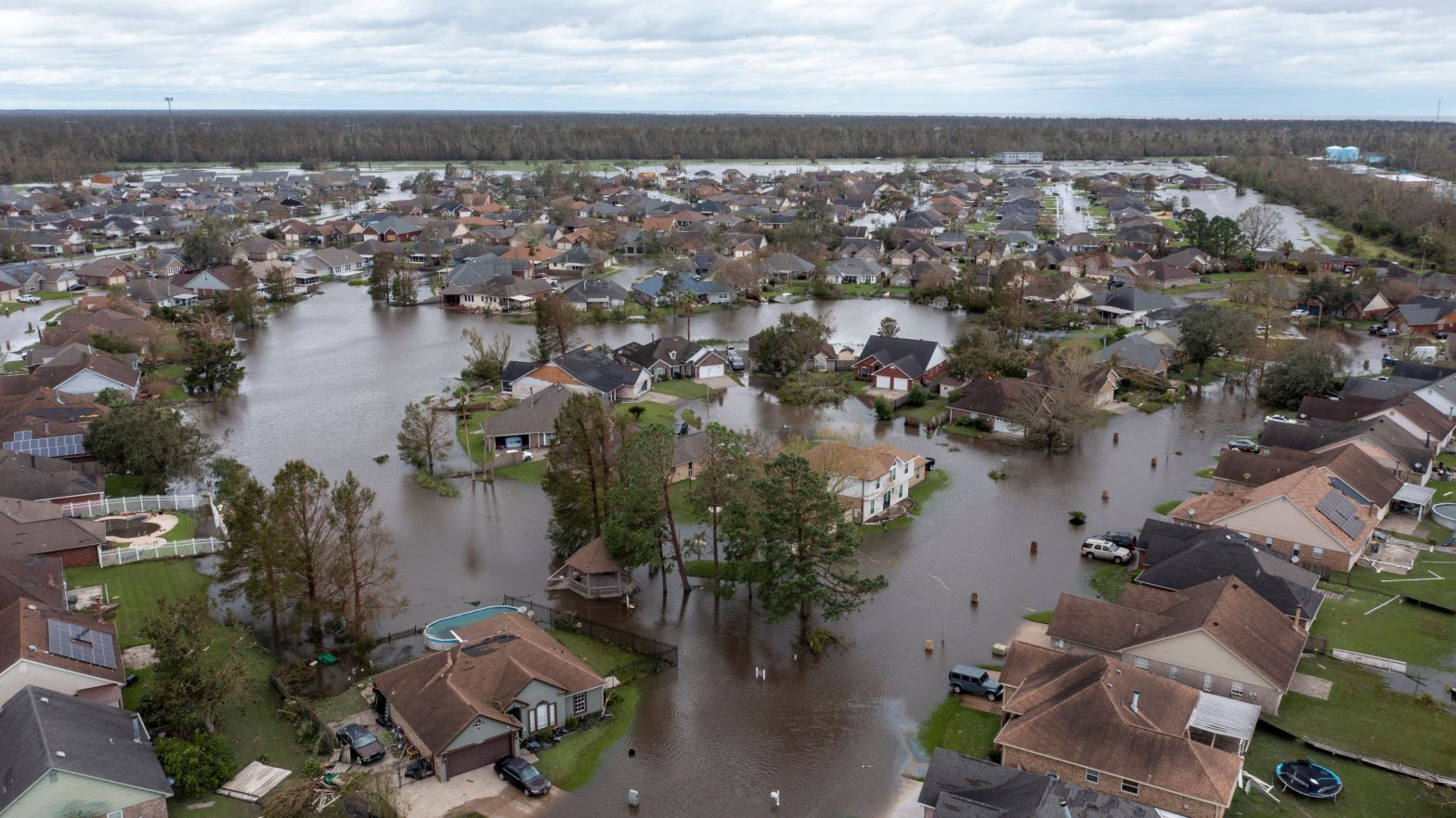
WASHINGTON — The harm to health and finances caused by global warming will fall disproportionately on the U.S. minority population, according to an Environmental Protection Agency report released Thursday.
Hotter weather will lead to more severe hurricanes, flooding and poorer air quality, which means minorities are most likely to die, lose their jobs or suffer property damage, the report says.
Black people, for example, are 40% more likely to live in areas of extreme heat, the report says. Global warming would raise their likelihood to 59%.
Hispanic and immigrant communities also are predicted to have their health and property deeply impacted.
“Hispanic and Latino individuals are 43% more likely than non-Hispanic and non-Latino individuals to currently live in areas with the highest projected labor hour losses in weather-exposed industries due to climate-driven increases in high-temperature days,” the report says.
The EPA described its report as “one of the most advanced environmental justice studies to date.”
The report covered the 48 contiguous U.S. states. It determined the vulnerability of different populations by income, education, race, ethnicity and age.
The agency plans additional studies for Alaska and Hawaii and to explore a variety of “measures of social vulnerability.”
EPA Administrator Michael S. Regan said in a statement, “This report punctuates the urgency of equitable action on climate change. With this level of science and data, we can more effectively center EPA’s mission on achieving environmental justice for all.”
The agency released its report while Hurricane Ida left a path of flooding and destruction that stretched from southeast Louisiana along the East Coast.
People who work in weather-exposed industries such as construction and agriculture are most likely to be affected by extreme temperatures, the EPA reported.
Immigrants and others with limited English skills “are at increased risk of exposure to flooding given their higher likelihood of living in risk-prone areas and locations with poorly maintained infrastructure,” according to the report.
The EPA report is based on an assumption global temperatures will rise an average of 2 degrees Celsius, or 3.6 degrees Fahrenheit, compared with temperatures at the start of the Industrial Revolution in the early 19th Century. Earth’s average temperature is expected to hit the 2-degree Celsius mark around the mid-21st Century.
Temperatures already have risen 1.1 degrees Celsius with a meteorological prediction they will increase to more than 1.5 degrees by the early 2030s.
An added effect of the higher temperatures will be shrinking ice caps, meaning sea levels will rise. Coastal communities should then expect more flooding, the EPA reported.
The EPA study is part of a larger Biden administration effort to combat climate change. This week, the U.S. Department of Health and Human Services opened an Office of Climate Change and Health Equity to keep track of how global warming is affecting health.
The new Health and Human Services office appears to advance Biden’s executive order issued days after taking office in which he pledged to address inequities of climate change on minority populations.
Some of the health effects are summarized by the EPA. They include an increased risk of childhood asthma for Black people. The risk would increase from 34% to 41% compared with other populations.
The EPA acknowledged its projected risks from climate change are short term but likely to worsen significantly before the end of this century.
As early as 2074, but probably no later than 2097 if current trends continue, average global temperatures will rise by 4 degrees Celsius, the report says. For the United States, the scenario is worse because global warming is not uniform around the world.
“With 4°C of global warming, the majority of the contiguous U.S. is projected to experience average temperature increases of between 5°C and 6°C (9°F and 10.8°F), with many areas of the Northern Great Plains, Midwest, and Northeast experiencing average annual increases of between 6°C and 7°C (10.8°F and 12.6°F),” the report says.



















